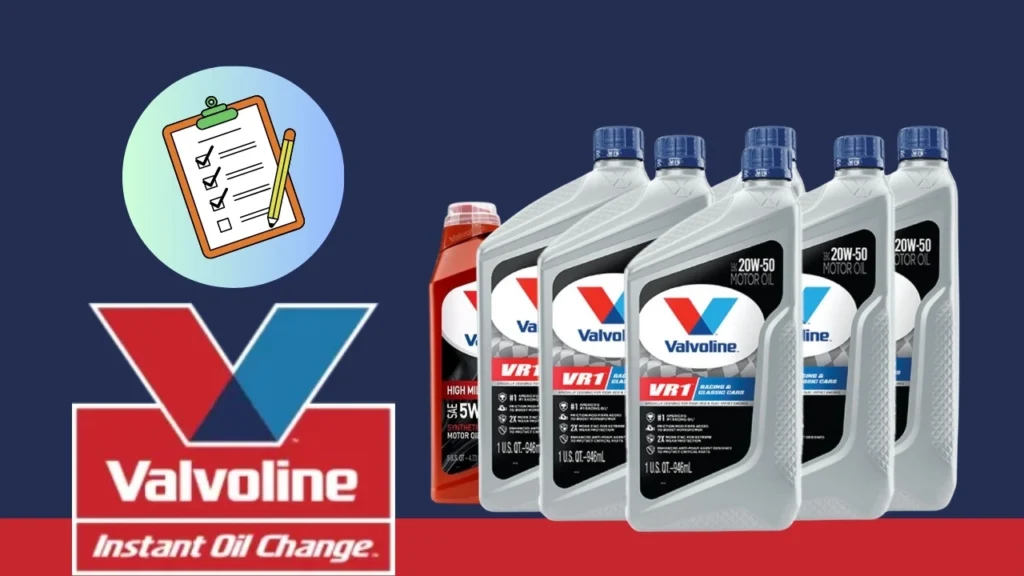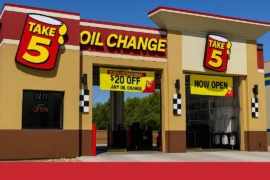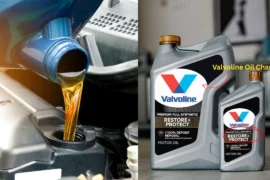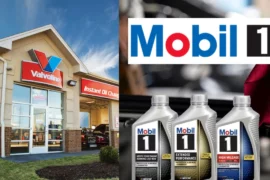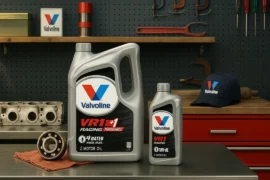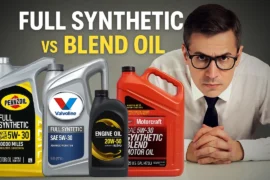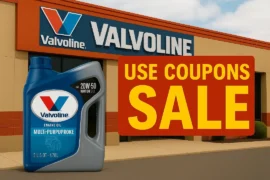Valvoline is one of the most trusted oil change and auto service brands across the United States. However, what truly sets this company apart from its competitors, like Walmart auto care, Jiffy Lube, Firestone, and others, is its 18-point inspection.
During an instant oil change service, Valvoline takes customer satisfaction to the next level with its extensive car checking. It is a complimentary service where the technicians will examine your ride. Their priority is to find any underlying issues, like worn-out belts, low fluid levels, etc., and save you from costly repairs down the road.
The best part is that you are done within the time limit of your engine oil top-off. But how is that possible? What exactly does Valvoline cover in its extensive parts examination?
In this blog, we are going to answer such questions. We will walk you through each point included in this extensive service and why it matters.
What Is the Valvoline 18-Point Inspection?
The 18-Point inspection of the Valvoline is a quick check that this car maintenance group performs every time you visit them, either for a simple oil change or regular service.
While your oil tank is being topped off with new oil, the technicians take a closer look at the other key aspects of your vehicle, like tires, air filters, other fluid levels, lights, brakes, and more.
It is like a precautionary check that helps you stay ahead of any underlying issues that, if not diagnosed, could end up as expensive repairs or leave you with a busted vehicle.
It takes less than 15 minutes and is completely free at Valvoline Instant Oil Change centers. I personally find this complimentary service worth it because it is done by trained technicians who follow a structured checklist.
At the end of the service, you are even handed over a report that shows the inspection is done and what is the current condition of the reviewed parts.
Accept or Reject 18-Point Inspection
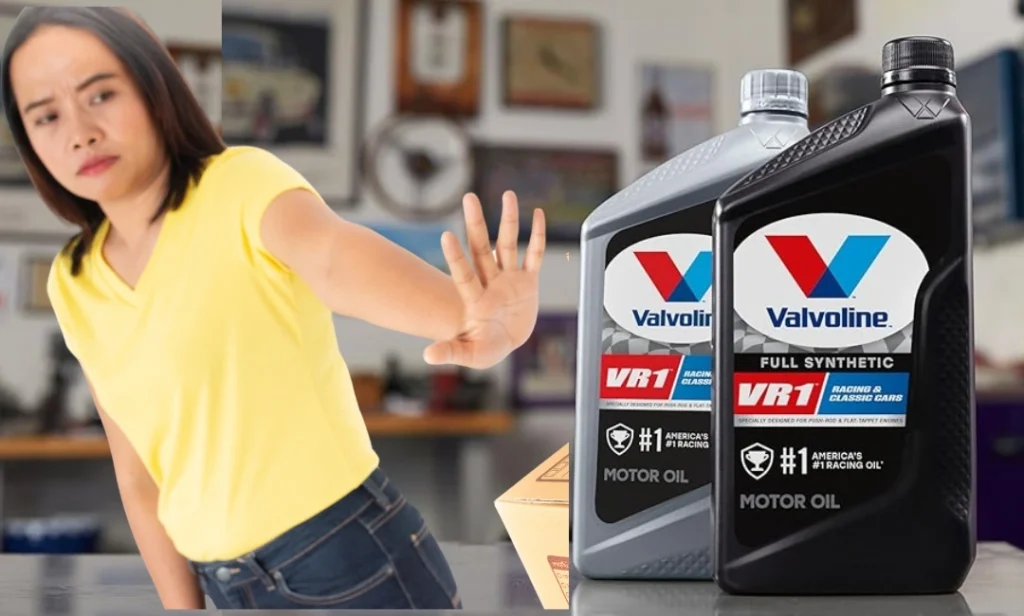
As a customer, you have full authority over whether you want this in-depth examination to be performed on your ride. Please understand that the staff at Valvoline can only suggest you the service. And they will move forward as answered by you.
If you do not feel like having your car looked around for things other than the main task you have visited the center for, you can outright tell them no. However, as a fellow car owner, I would suggest you not do such a thing.
- Firstly, the service will cost you no money.
- Secondly, it will help detect early warning signs.
- Thirdly, it saves you on costly repairs by catching the issues early.
People with the latest releases or modern cars can skip this review once or twice as they tend to have little to no issues with them. But if you own an older vehicle or a high-mileage car, I recommend always having this checked. This is even more crucial for people whose vehicle doubles as a travel buddy for the family or who are still paying off their car.
But if you still feel like you do not want this service or face any issue regarding it, you can contact Valvoline’s customer service at 800-327-8242 or visit their official website for further assistance.
Valvoline 18-Point Inspection Checklist (Full Breakdown)

Whether you own a sedan, spacious SUV, compact car, or a rugged pickup truck, or a spacious SUV, the in-depth investigation from Valvoline can really boost your car upkeep game. You no longer have to wonder about what’s going on with your ride.
In addition to your basic oil change or whatever your reason is for the visit, your vehicle gets inspected thoroughly. What’s truly impressive is that to ensure nothing crucial is left out, Valvoline offers this free inspection across three different systems of your ride. There are:
Fluid system checks: These focus on examining the liquids in your car to check if they need topping off or replacement.
Visual system checks: These perform a quick vision inspection to find anything that does not look like the natural state of your ride, like scratches, dents, loose hoses, and more.
Functional and safety system checks: These ensure your ride is safe and runs smoothly, and is problem-free.
From your engine to your vehicle’s underbody, car battery, exhaust system, wiper blades, and more, every inch of your automobile is cross-examined on a professional level.
To help you understand better, here is a complete and well-detailed breakdown of each inspection point.
Note: Some checks, such as the battery test, are available only at participating locations, and some inspections are conducted only if you request them.
1. Air Filter
Your car engine needs clean air for proper operation. If it’s obstructed your engine could start struggling, hurting the fuel efficiency. The inspection ensures there aren’t any blockages.
2. Automatic Transmission fluid
The transmission fluid is responsible for the smooth shifting of gears. Thus, the level and condition of the fluid are checked, including its color and smell.
3. Battery terminals and cables test
Although performed at participating locations, this test checks if your car battery has any corroded terminals or loose connections. Thus, saving your battery’s performance and preventing those unexpected no-starts.
4. Brake fluids
The brake fluid helps in the safe halt of your car. In this, the technician checks if the fluid is at optimum level and also not discolored or dirty.
5. Cabin air filter (if requested)
This task is performed only if you make a request. The inspection ensures the air within your cabin is clean and safe to breathe. Ask for it if you notice odors or reduced airflow in your vehicle.
6. Differential fluids (if requested)
The differential or transfer case fluids are responsible for the safety of your car’s internal gear systems. Thus, this check is performed on all AWD, RWD, and 4WD vehicles for proper fluid level and signs of wear on the drivetrain.
7. Headlights
For proper visibility and no road safety violation tickets, well-working headlights are a must. Both headlights are tested to ensure there are no burned-out bulbs and you can see clearly on the road.
8. Lubricate chassis (where applicable)
Under this, a basic underbody scan is done for rust, loose components, or damage like unusual leaks and others. The moving parts in the suspension system are also lubricated to avoid early wear. It is a must for drivers who own older vehicles or drivers who live in snow belt regions with salted roads.
9. Power steering fluid
Clean and properly leveled power fluid is necessary for the light and controlled responsiveness of your steering wheel. Thus, the fluid is checked for its level and quality to ensure there are no weird noises or any stiffness.
10. Radiator fluid
The coolant or radiator fluid helps preserve a safe temperature for your engine to operate, even in extreme conditions. Under this maintenance overview, the fluid is checked for proper level and signs of aging.
11. Reset oil change light
When your vehicle needs an oil change, you are highly likely to be reminded by a prompt on your dashboard. After your engine oil is changed, the technician resets the dashboard alert. This helps you track your next service time accurately.
12. Taillights
Just like headlights, taillights, brake lights, and turn signals of your vehicle are also scanned. This ensures other drivers and pedestrians can easily see you braking or turning to avoid any mishaps.
13. Tire pressure
All tires are inspected, adjusted, and inflated using a gauge to the manufacturer-recommended PSI levels. Doing this promotes even tire wear and boosts tire life, safety, and fuel economy, a necessary aspect in these times of escalating fuel prices.
14. Transfer case fluid (if requested)
If your car has a transfer case, a common feature in four-wheel drive and all-wheel drive cars, you can request a transfer case fluid check. The fluid level is checked to ensure the power is supplied to the right wheels when required.
15. Under chassis visual inspection
The underbody of your car goes through more rigorous testing than other components of your car. It is highly prone to things like leaks, rust, loose parts, and other damages. Through this visual review, the staff just makes sure there isn’t anything wrong. As per industry experts, this check is a must for drivers who live in regions with heavy snow.
16. Under hood visual inspection
In addition to changing or refilling the oil, the worker also gives a thorough glance at your engine to look for any visible issues. They will most probably look for loose oil caps, worn-out belts, accumulation of contaminants, etc.
17. Windshield washer fluid
The windshield washer is a lifesaver, especially in times when you are driving through dusty roads. And it requires an optimum fluid level to function properly. Under this extensive check, your windshield washer fluid is checked and topped off accordingly.
18. Wiper blades
The glass cleaners of your car are also checked for any wear or bluntness. Worn-out blades can scratch the windshield. Thus, if replacement is required, it is acted upon immediately.
Is There An Inspection Report?
After the staff and technicians are done with the inspection of your vehicle, physically and visually going through 18 key parts, you will be handed over an analysis report.
Most Valvoline centers provide a visual checklist to their customers. It consists of red, yellow, and green indicators. The green marks everything is working fine, yellow highlights the issues that need addressing but are not severe, and red indicates problems that require immediate attention. These are the ones you cannot put off till your next visit to the store.
The good thing is that the staff will walk you through your entire report and clarify why an issue needs immediate attention and why the other can be left for later. Do not accept the report until all your queries are answered. Also, you can request prompt service for issues that require quick attention.
How Often Should You Get It Done?
There is no fixed timeline to get this vehicle examination. But as the company offers it with its instant oil change service, choose to have it done during your every oil change for free. It will be about every 5,000 miles and is ideal for most drivers in the US.
But if you drive in extreme weather, off-road often, tow heavy loads, or just do long commutes daily, make the inspection time more often.
For Example, suppose you own two vehicles: a Ford Expedition and Subaru Forester. You use Expedition for off-roading adventures and long-distance travel, and Forester for daily commutes.
Out of the two, the Expedition will require a thorough check more often, even if you do not use it daily. It is because Forester glides on smooth urban roads, whereas you put the Expedition through rigor and toughness. Thus, the more you get out of your ride, the more care and attention it demands.
What Happens If You Skip This Inspection?
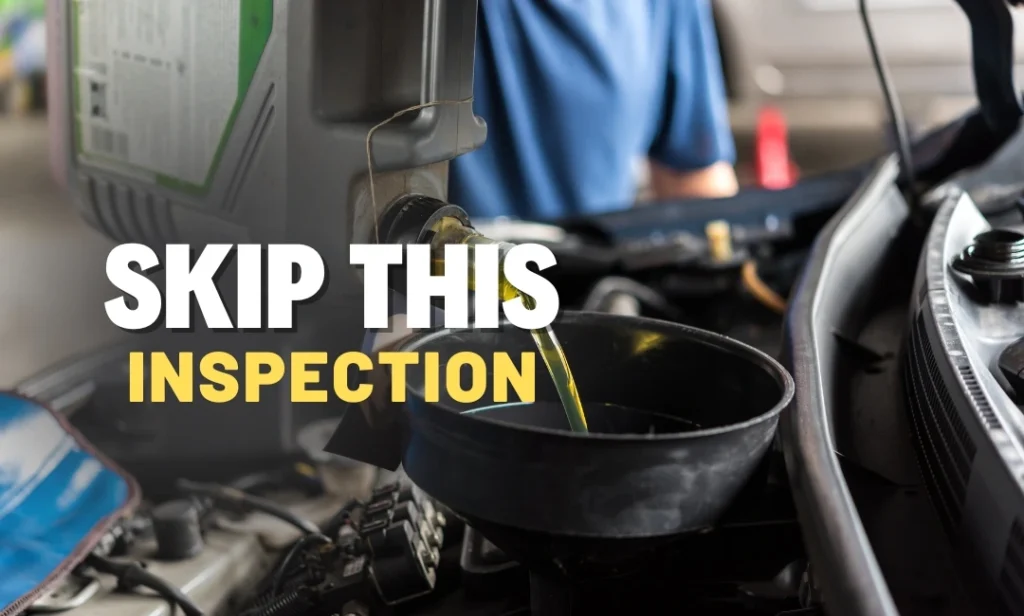
Choosing to perform or skip this vast auto-check is your decision. While having it done comes with no harm, avoiding it can surely lead to troubles down the road.
This unprompted examination can help you get hold of any potential issue that may turn hazardous repair down the road. Be it low fluid levels, failing battery, clogged filter, loose caps, or more. It is like getting a yearly full body examination and learning what you can do to make yourself healthier.
If instead of avoiding it, you make it a crucial part of your car care, you are less likely to end up with major issues. Your ride will not only be easy on your pocket but with you for years to come.
How It Compares to Other Quick Lube Chains
Valvoline is not the only car maintenance chain in America that offers additional services to its customers. Its top competitors, like Jiffy Lube, Firestone, Take 5, and Car Dealerships, also offer some similar services. While the first three offer these services for free, dealerships tend to charge for it.
Jiffy Lube
Jiffy Lube offers a multi-point inspection but it is not a specific 18-point check. This company focuses on crucial components like brakes rather than a detailed inspection, which includes parts that are generally deemed as not so important.
Firestone
Firestone also provides an exclusive examination called Smart Check. In this, they inspect different components of your car like tires, suspension, brakes, and others. But in comparison, it is also not as comprehensive.
Take 5
Take 5 also offers such extensive car care as a part of its various services. Their focus is primarily on quick service rather than in-depth analysis.
Dealerships
Many dealership services also offer multi-point coverage to their customers where they ensure every single part is working in proper harmony. Unlike Valvoline, dealerships do not offer their 20+ points inspection for free. It can cost you over $100 and is very time-consuming.
Is the Valvoline 18-Point Inspection Worth It?
If we are talking about being worthy, this in-depth 18-way check of Valvoline is totally worth going for. It is fast, done by trained professionals, and most of all, it is totally free. You do not have to spend any extra cent to have this performed on your car or SUV.
This initiative can help all kinds of drivers take better care of their ride. They can get hold of an issue before it becomes dangerous or expensive. It is nothing but a much-needed preventive measure that every car owner must follow.
Having a detailed report in your hand can give you a clear view of what are going to be the upcoming repairs or replacements. You can not only plan the expenses accordingly but can also keep a close eye on any signs before they turn into major troubles.
I would recommend this service to all Americans, but mainly to the people who either own a used or pre-owned car or the ones who do not have any dealership service plans.
This one initiative is a true game changer in car maintenance. Your simple visit to get that full synthetic or synthetic blend oil top-off can turn into a full diagnosis of your car. Trust me, you will end up taking better care of your vehicle after this.

